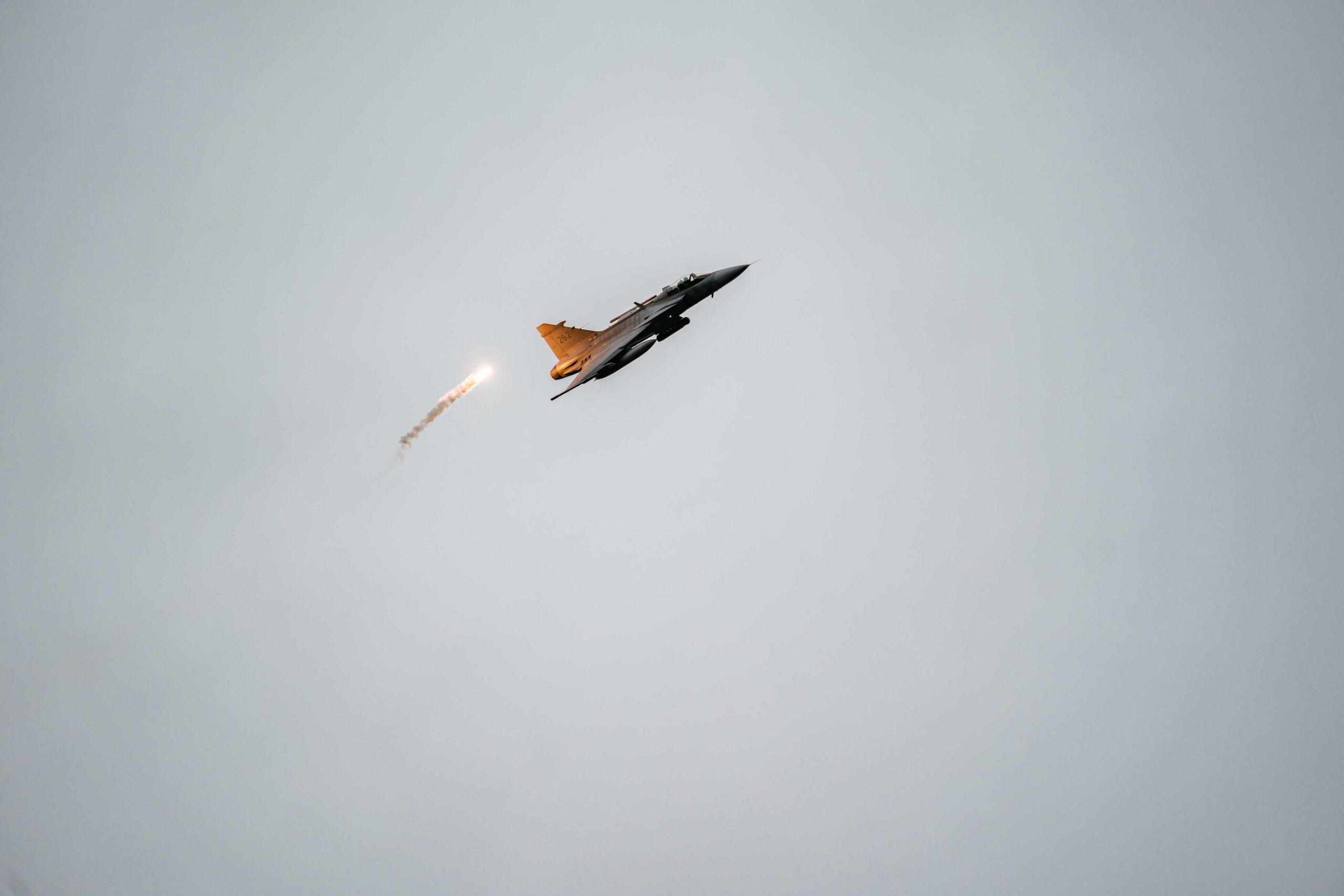
Personnel and aircraft from the Swedish Air Force and the UK Royal Air Force (RAF) have carried out a live air attack training exercise Baltic Striker.
It was conducted as part of the UK-led Joint Expeditionary Force (JEF), which includes a total of ten allied and partner countries.
The JEF is a rapid response force that can be deployed at a time of crisis, either with Nato or on its own.
Baltic Striker allowed the participant forces to plan and execute high-value training under the initiative to continue the development of JEF’s interoperability.
The exercise involved the participation of the Swedish Air Force’s two JAS-39 Gripen aircraft and the RAF’s two Eurofighter Typhoon jets from the No. 6 Squadron, based at RAF Lossiemouth.
Together, the aircraft performed routine training activities in the Ravlunda Range region of southern Sweden.

US Tariffs are shifting - will you react or anticipate?
Don’t let policy changes catch you off guard. Stay proactive with real-time data and expert analysis.
By GlobalDataAs part of the exercise, the deployed aircraft were required to deter the attacks from the enemy’s maritime landing force deployed along Skåne’s east coast.
The drills involved British Typhoon jets launching inert Paveway IV munitions against the targets on the ground and at the sea, around 2km away from the coastline.
The Swedish Gripen were responsible for safeguarding RAF Typhoon jets from airborne threats.
Throughout the exercise, the live attack exercises were coordinated by the Swedish ground units, called Joint Terminal Attack Controllers.
The ground units were primarily responsible for the identification of the ground and sea-based targets and then marking them with smoke grenades.
An RAF pilot said: “For the RAF and Swedish Air Force to be able to safely and accurately deliver munitions on target together requires a very high level of interoperability, something we proved today.”



